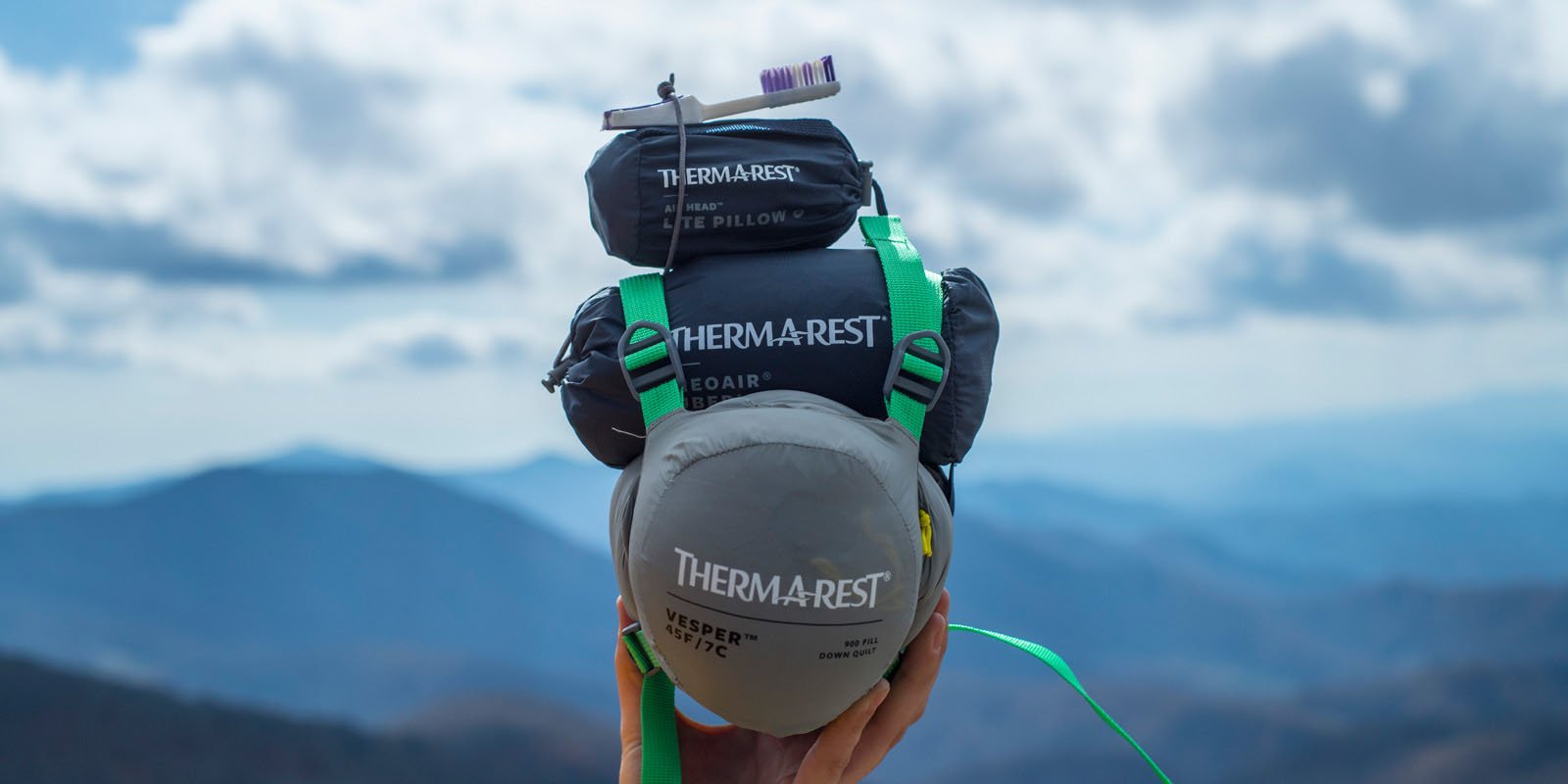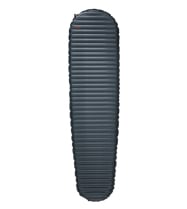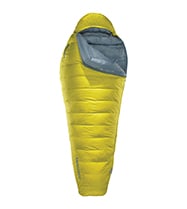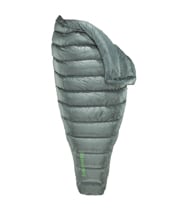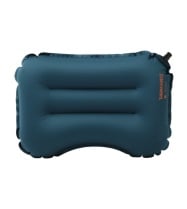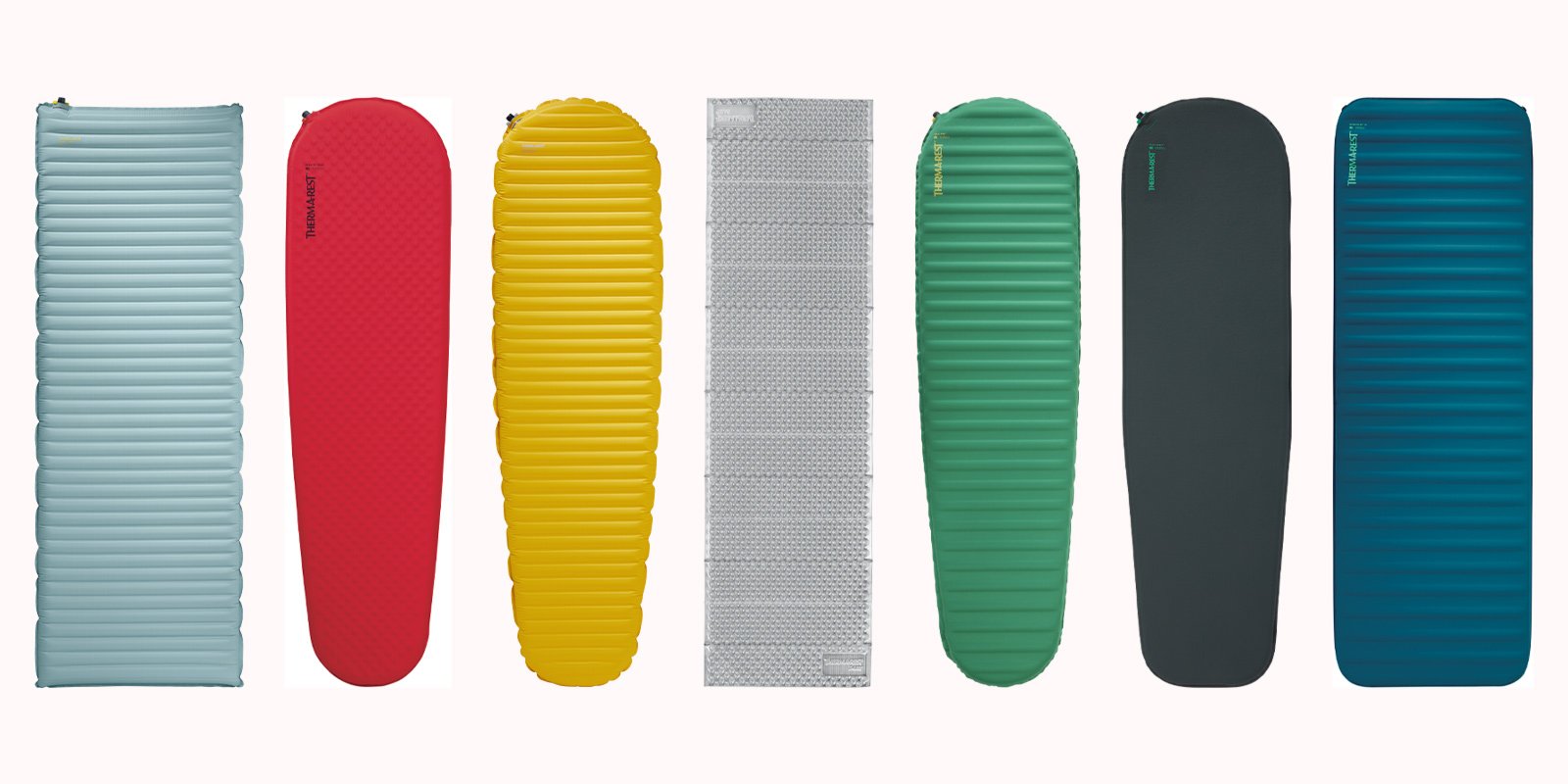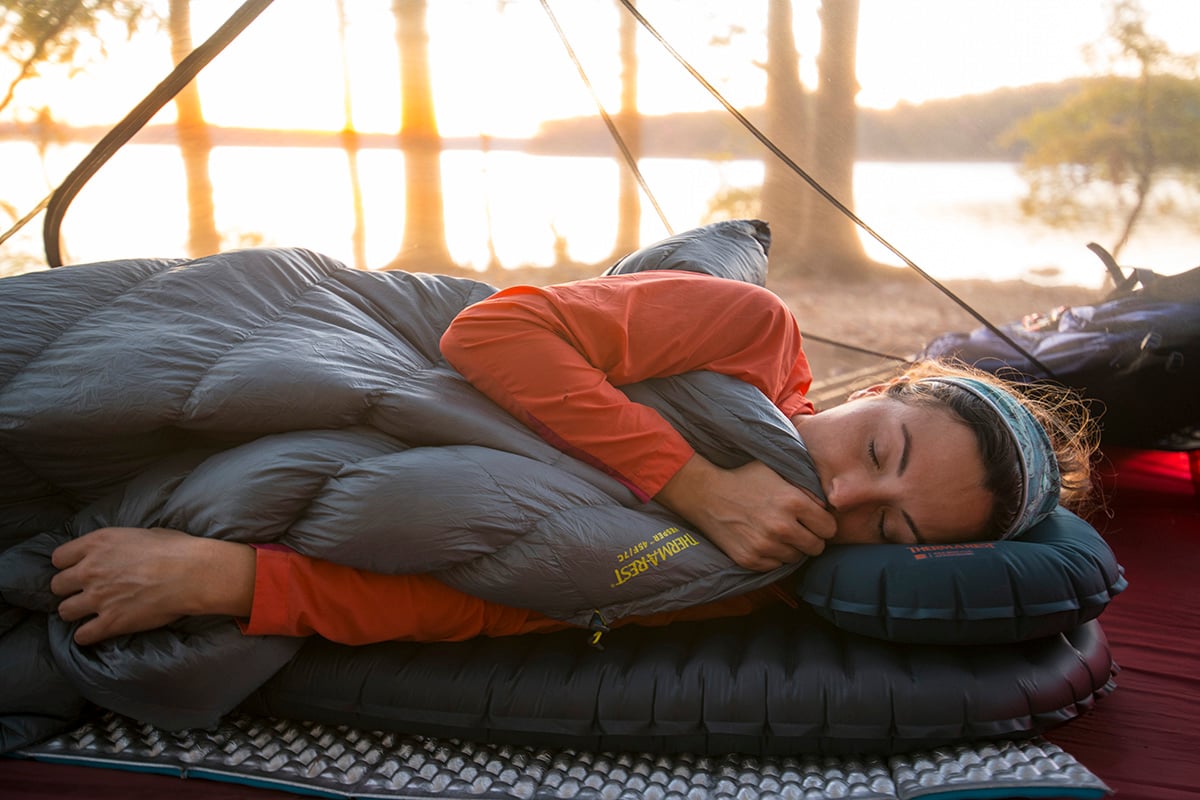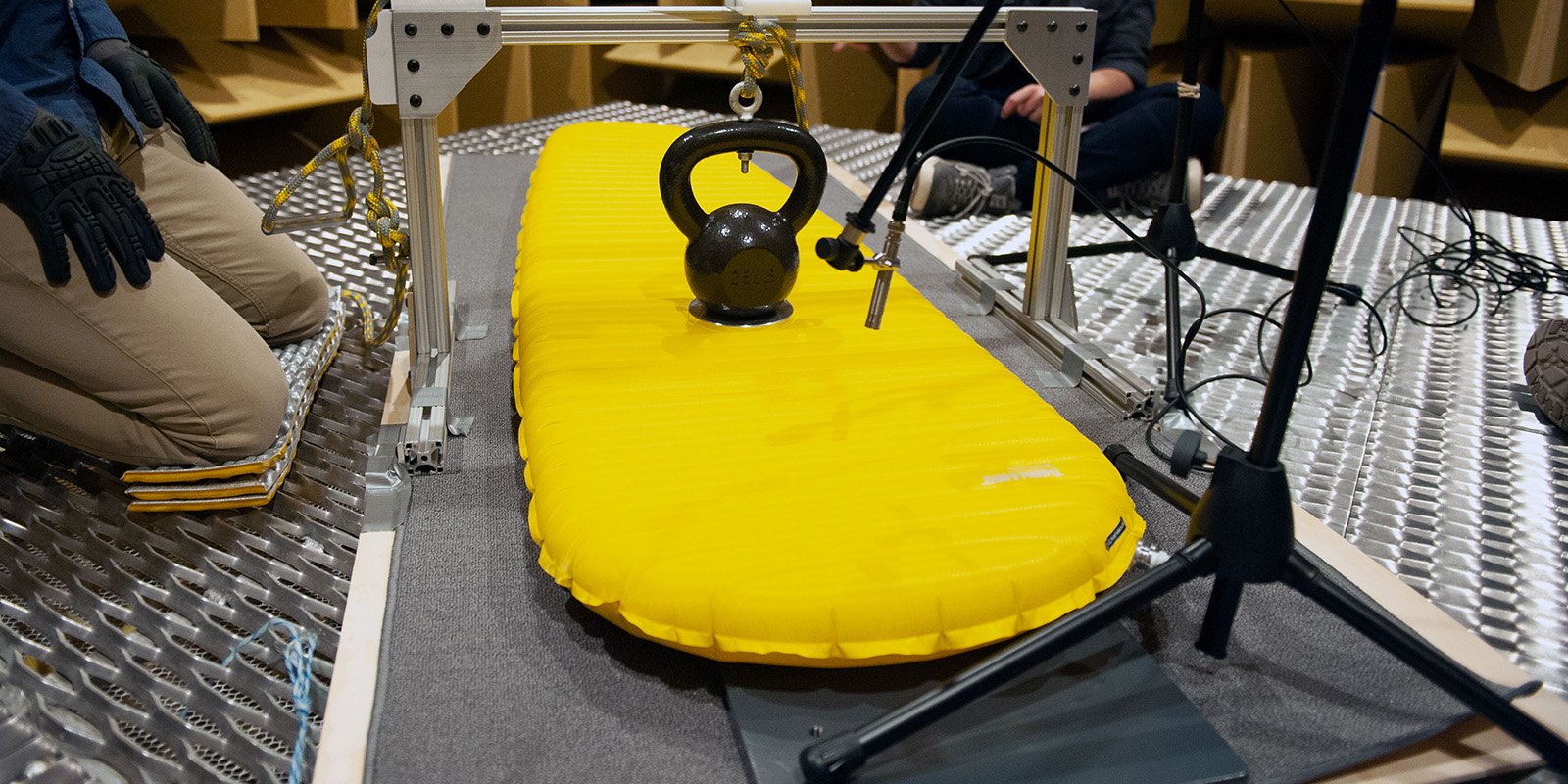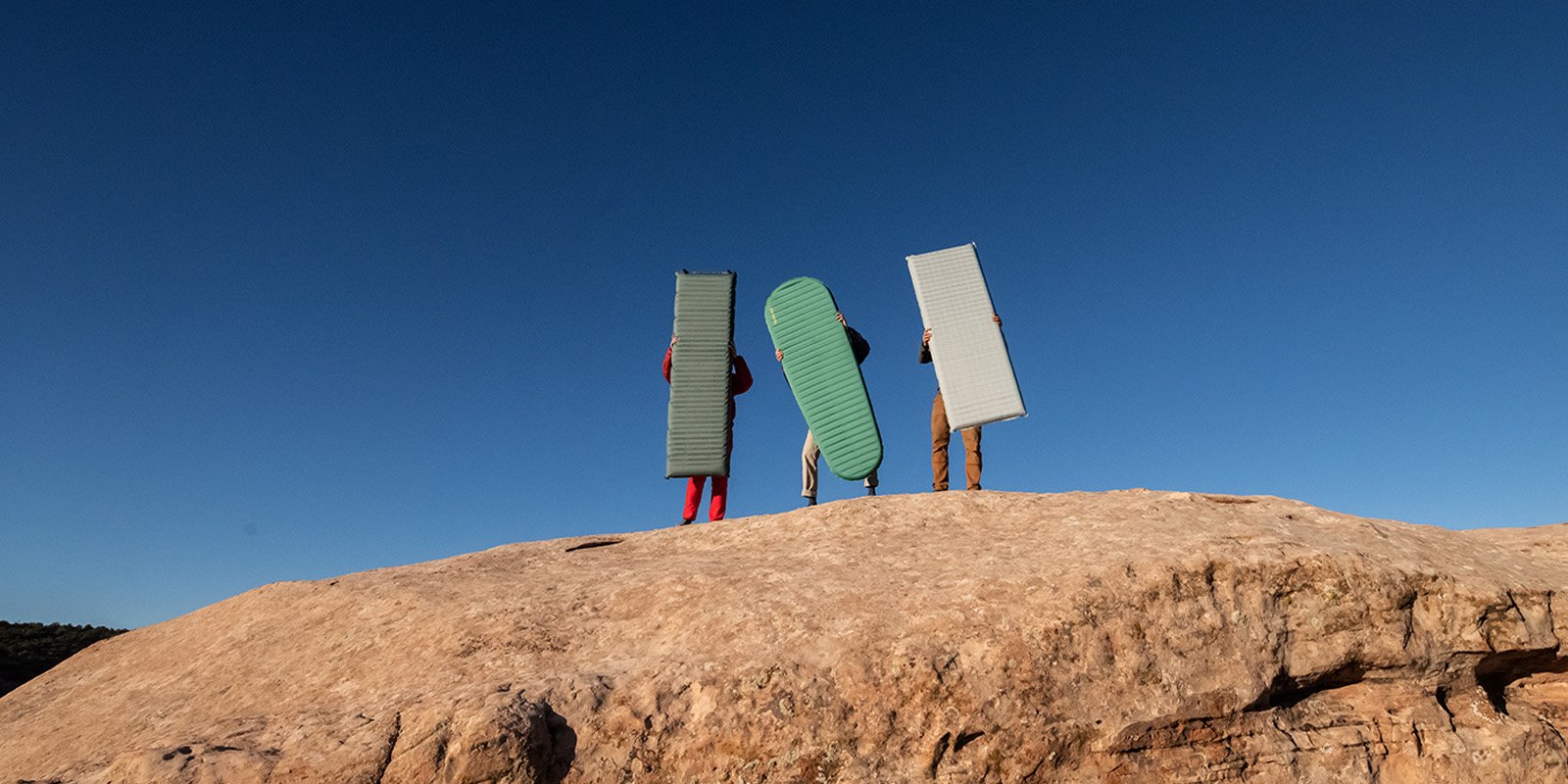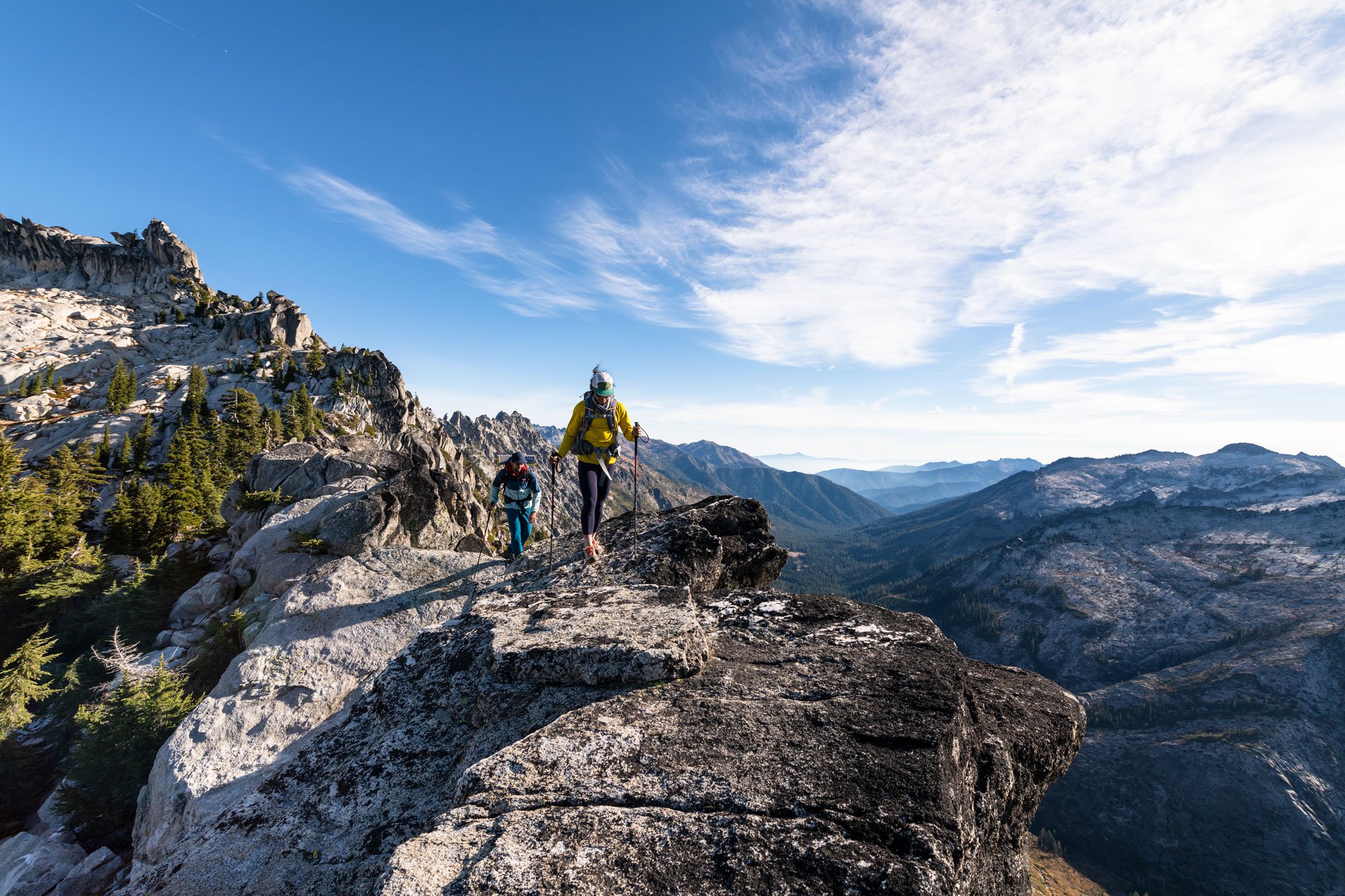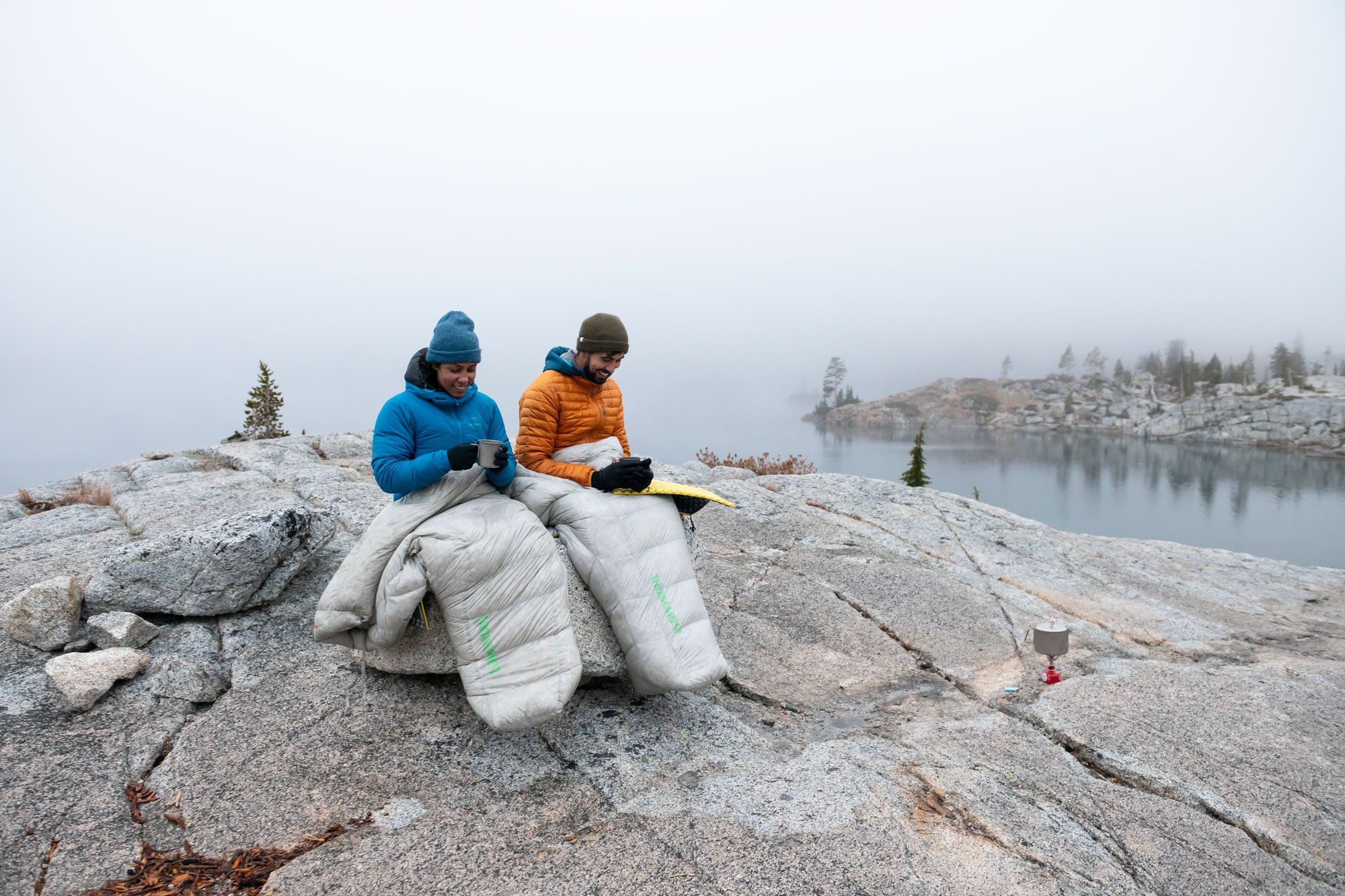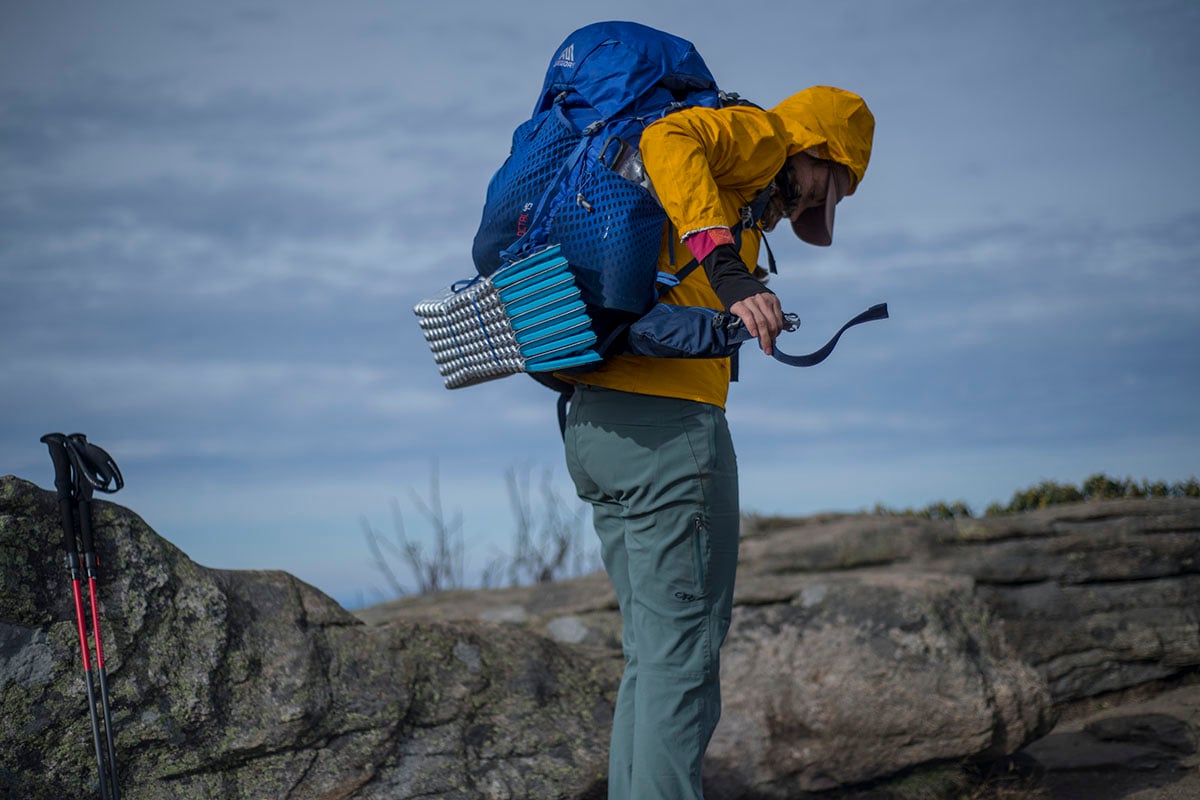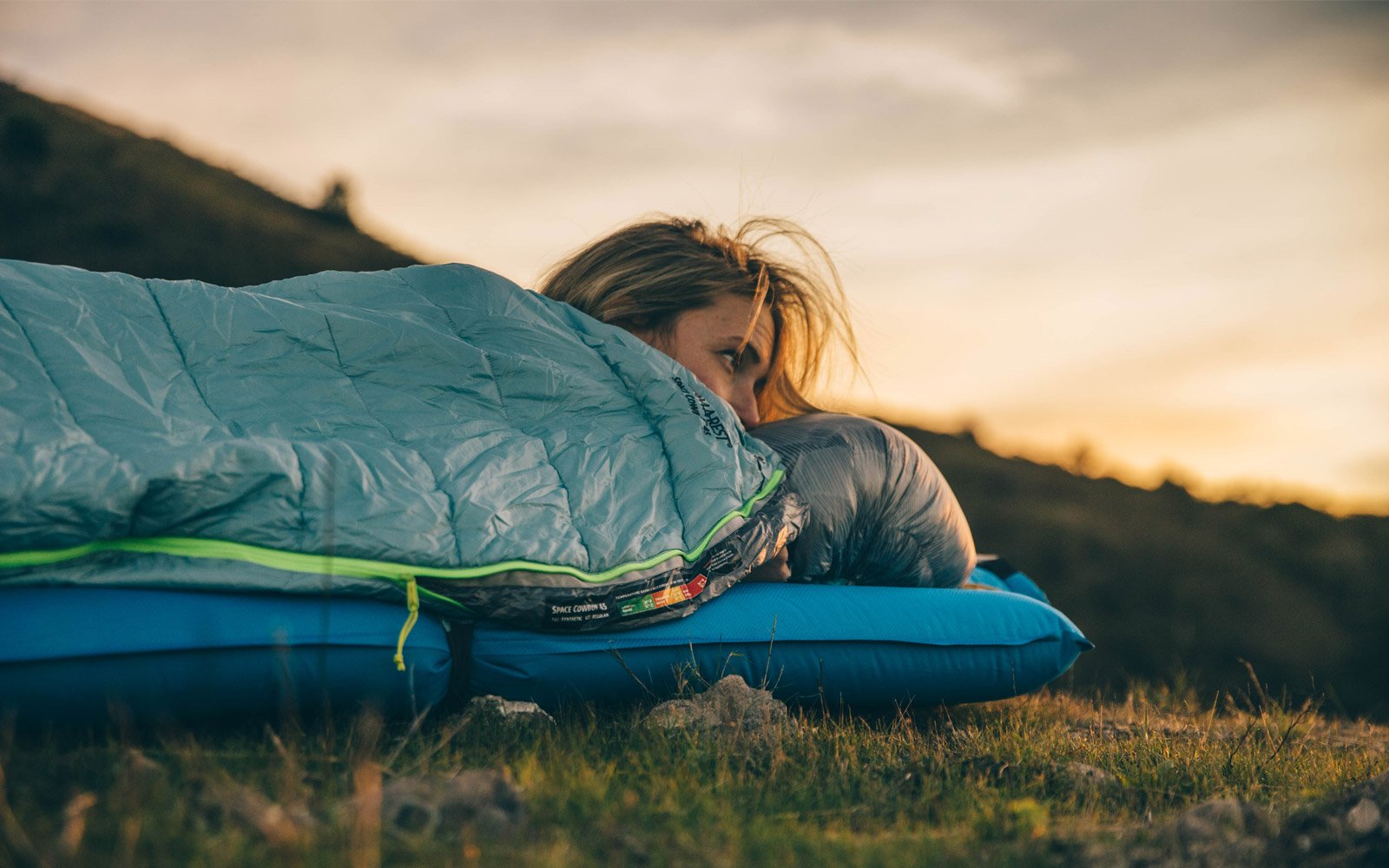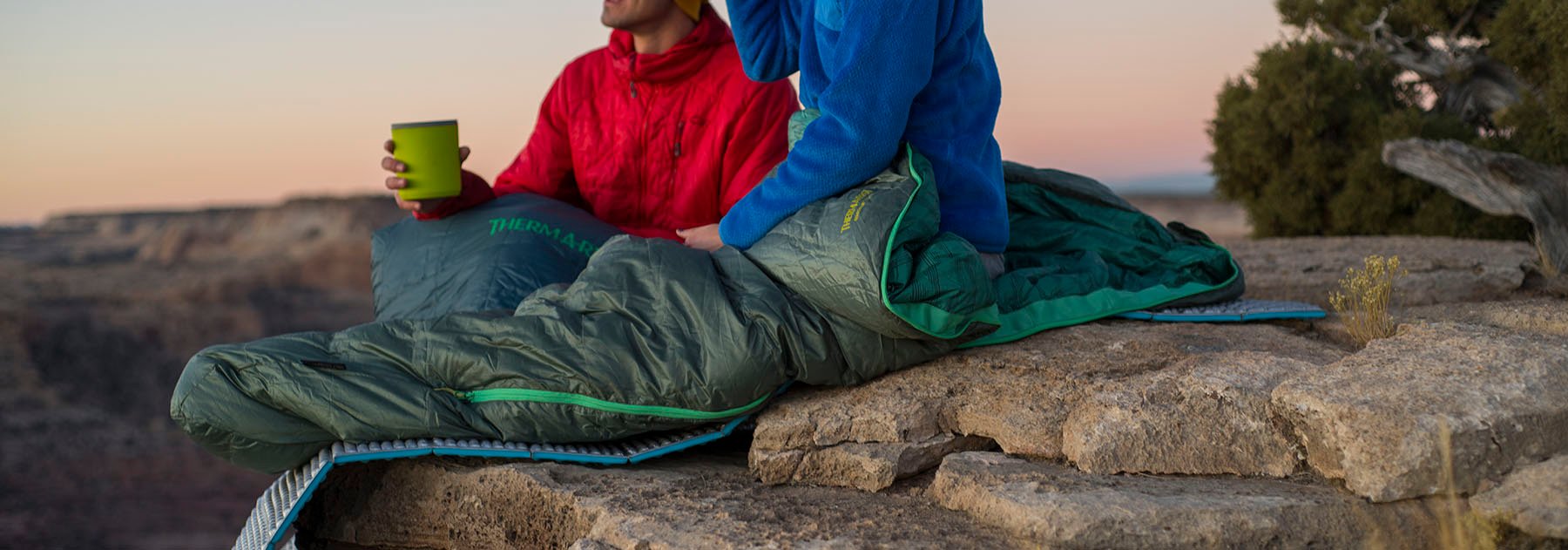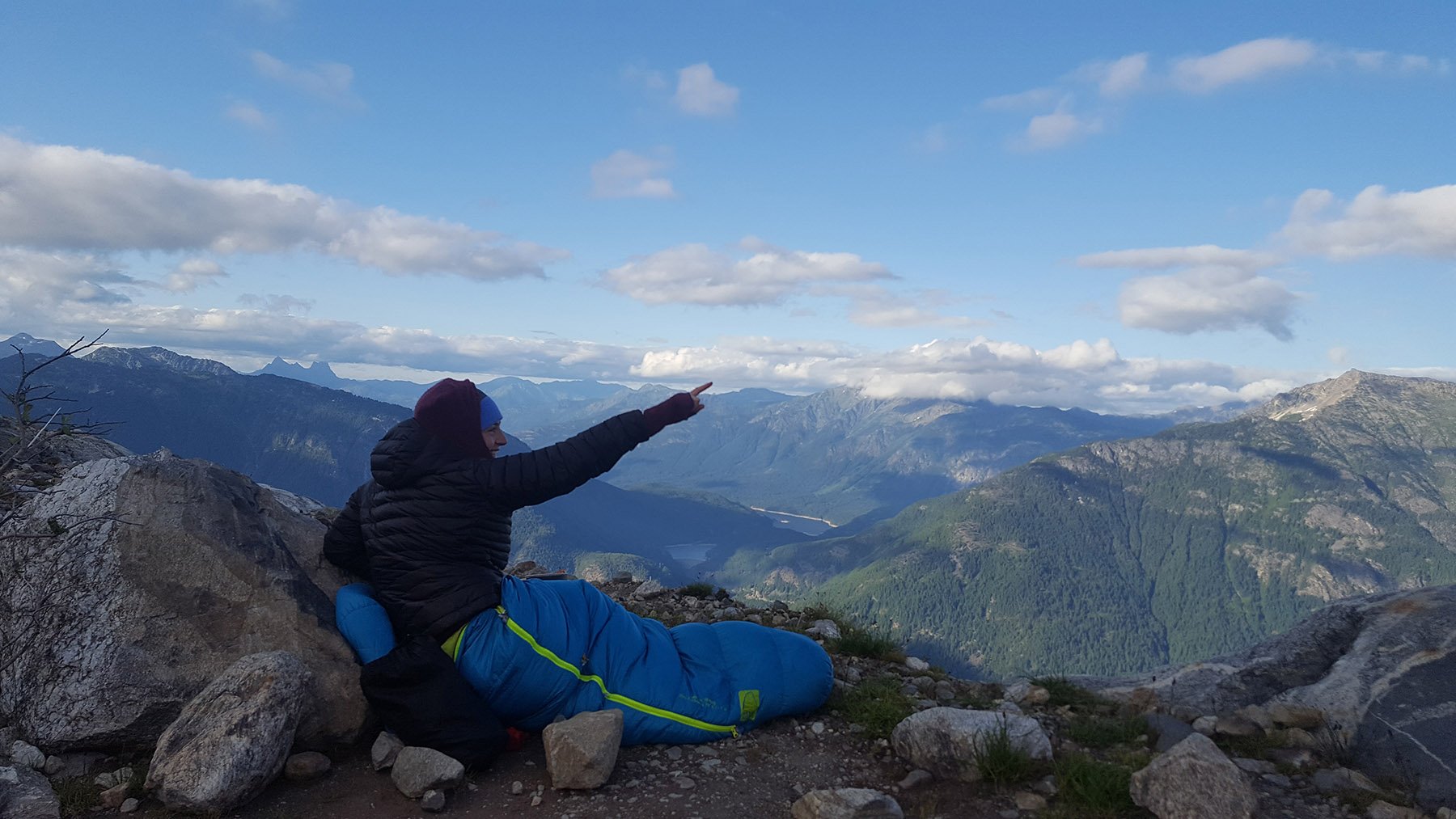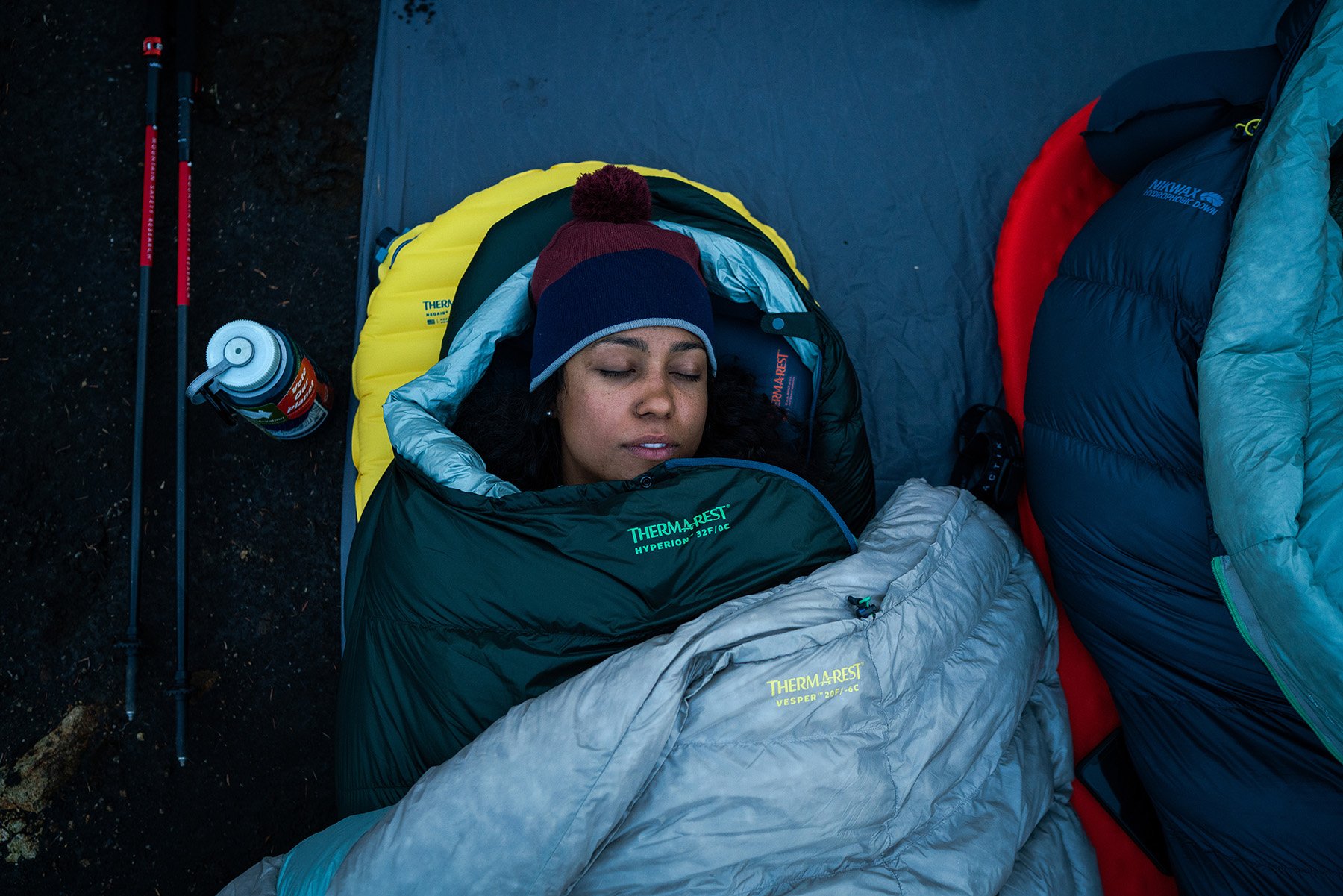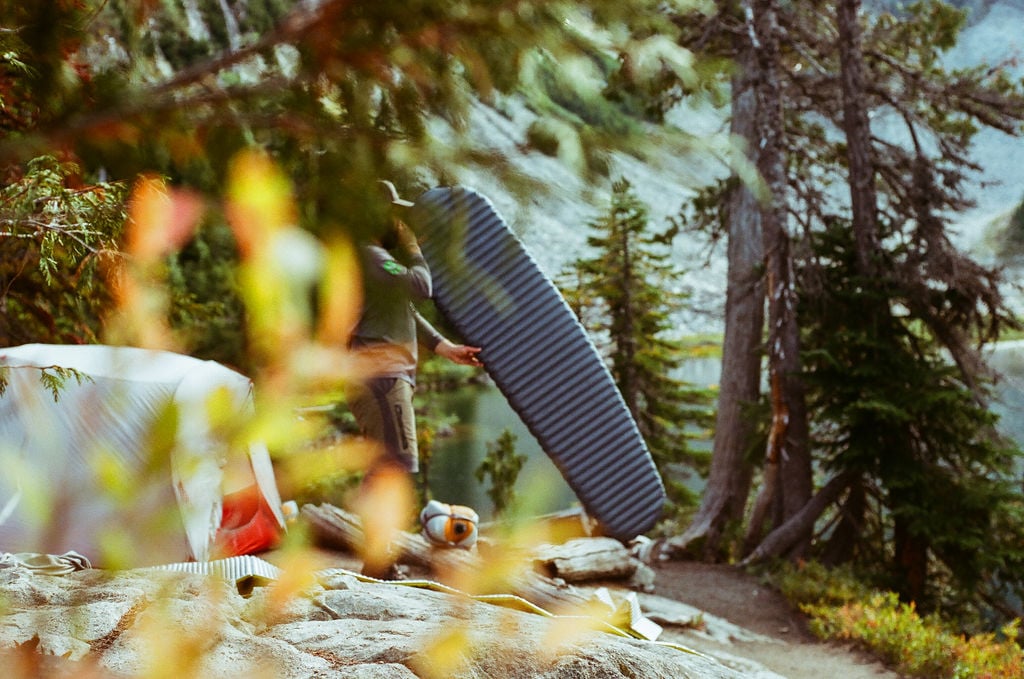Experienced backpackers know that weight matters. Trimming down your backpacking gear checklist to the ultralight necessities takes some ingenuity. You can get crazy counting grams and shave the plastic off of your toothbrush, or you can make smart upgrades to your existing setup. Make it easy with this ultralight backpacking gear checklist.
The Ultralight Backpacking Gear Checklist
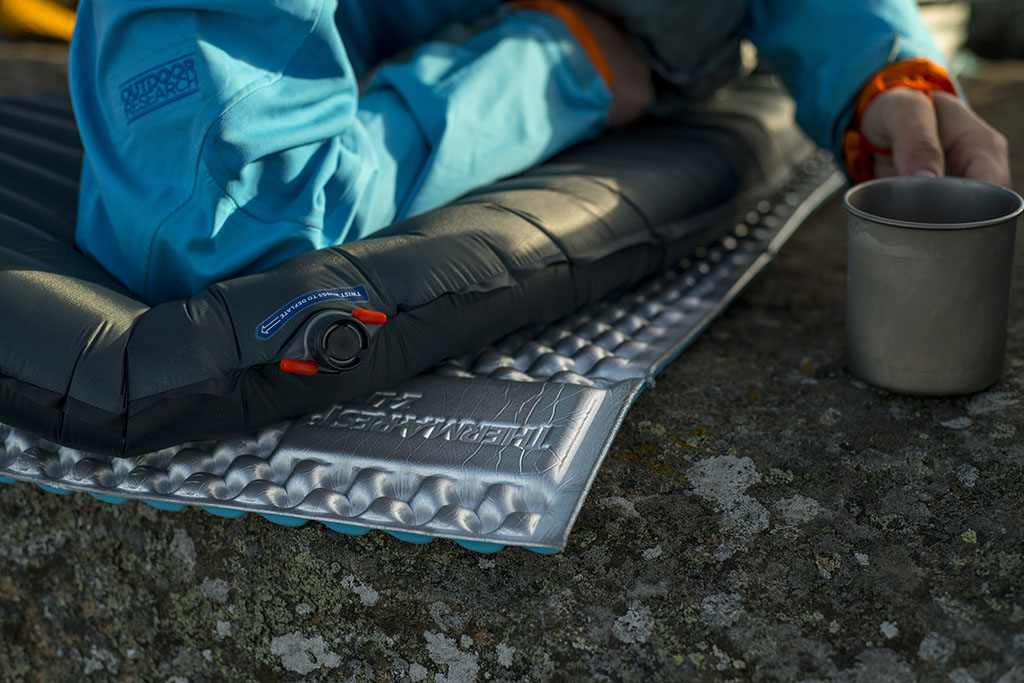
- Lightweight pack with a hip belt
- Raincover for your pack
- Sleeping shelter (tent, bivy, tarp, etc)
- Ground cover (tent footprint, Tyvek Wrap, etc)
- Sleeping pad
- Sleeping bag
- Waterproof compression sack for your sleeping bag (waterproof strongly recommended for down bags)
- Stove
- Cook pot
- Lightweight spork
- Lighter with waterproof matches or small magnesium and flint block backup
- Food and meals
- Odor-proof food storage (requirements differ based on where you are backpacking)
- Odor-proof trash storage
- Water-proof hang sack for your food
- Paracord for hanging, repairing, or other useful needs
- Water bottle/water bladder
- Water filtration method
- Small pocket knife
- Tent/sleep system repair kit (DIY: Nylon tape, duct tape, needle, thread, gorilla glue)
- First aid kit
- Prescription medications
- Toothbrush
- Toothpaste (dry out dabs of traditional toothpaste to save weight)
- Hairbrush and hair ties (optional)
- Feminine hygiene products (as-needed. cup is the lightest)
- Toilet kit (lightweight shovel, TP, hand sanitizer)
- Headlamp
- Extra batteries
- Clothing as needed (one shirt or bottoms will last around 5 days)
- Essential layers (compressible puffy jacket, long sleeved top baselayer, baselayer bottoms, fleece layer, gloves, beanie, pants). These items are weather dependent, but always pack at least one set of clothing for cooler-than-anticipated weather.
- Rain gear (lightweight, breathable rain jacket, rain/wind pants)
- Sun protection (sunscreen, sunhat, SPF lip balm, sunglasses)
- Extra socks for camp
- Trekking poles
- GPS device or phone with GPS map
- Map and compass backup
- Ultralight camping pillow (optional: a stuff sack filled with clothing works too)
- Camera (optional)
- Wireless charging bank (optional, recommended for longer journeys)
- Pee funnel with pee cloth (optional for the women)
Starting an Ultralight Backpacking Gear Checklist
Square one is to consider your backpacking adventure. Is it appropriate to actually go ultralight? Winter backpacking in the mountains doesn’t really lend itself to ultralight backpacking as you’ll need extra gear to stay warm. However, a desert jaunt down your favorite long-distance trail is a great place to lighten the load.
Once you know where you are going and roughly what to expect, it’s important to put together a list of things you actually need. Think necessities, not wants. Sure, it’s nice to have a backpacking chair—its probably good for your posture—but it is not a necessity. You’ll always need the Ten Essentials, no matter where your adventure takes you. Skimping on food, ample water, and inadequate clothing can cost you dearly. Instead, opt to cut weight from gear categories, such as your sleep system, cooking utensils, and pack.
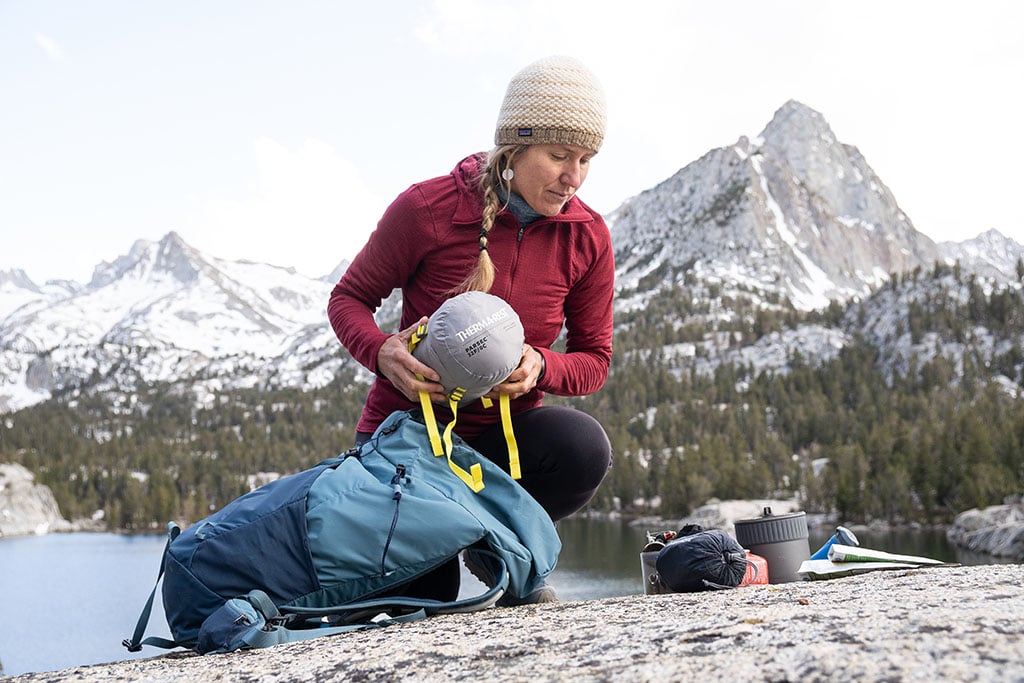 Choosing an Ultralight Backpacking Pack Without Sacrificing Comfort
Choosing an Ultralight Backpacking Pack Without Sacrificing Comfort
Backpacking packs weigh anywhere from a 1lb to over 5lbs. A general rule is the heavier the pack, the more comfortable it tends to be. If you’re willing to sacrifice some comfort, then you can easily upgrade to an ultralight backpack that feels as light as air.
Many people experience shoulder, knee and hip pain while backpacking. Often this is a result of heavy loads and packs that are improperly fitted. Which brings us to rule number 1 of selecting a pack: pick one that fits! A pack that fits will bear weight more comfortably. Even an ultralight load can wear on your body as the miles build up, so your pack needs to fit.
An ultralight pack setup can still be comfortable! Instead of cutting weight out of the frame and support structure, look for a pack that has fewer bells and whistles. Items like multiple-access zippers, additional storage compartments, and other handy features add quite a bit of weight to your pack.
Keep comfort in your system by properly getting fitted for a supportive pack that keeps added features to a minimum. You can get by with single-access to your main compartment and perhaps a hip belt pocket for quick storage. Use what you have by removing your pack’s brain (the top part), to save some weight without sacrificing comfort.
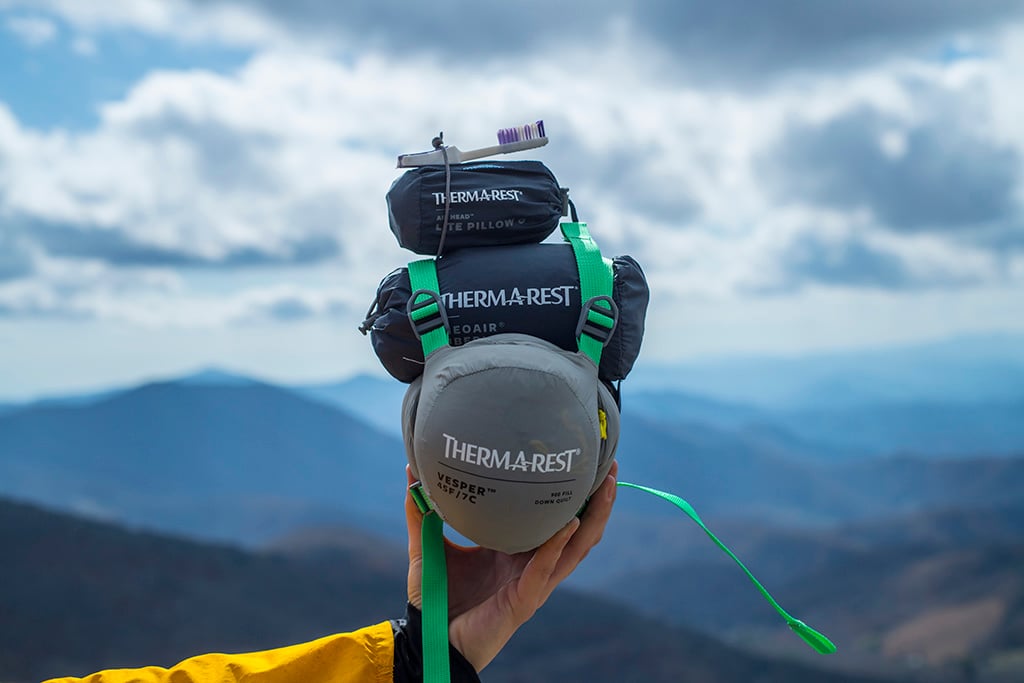
The Right Ultralight Sleep System
One of the major players in pack weight is your sleep system. Down is always going to weigh less than synthetic insulation. Although it costs more, upgrading to a down sleeping bag—like the Parsec™—can keep your sleeping bag weight at or under the 2lb mark.
An even lighter, and still warm and functional, option is a backcountry quilt like the Vesper™. It can be daunting switching to a quilt-based sleep system, but at a paltry 1lb 3oz (regular size), the Vesper radically reduces the weight and packed size of your sleep system. When ultralight is the objective, that’s hard to argue with.
Sleeping pads are also a quick-and-easy way to save weight. The tried and true, indestructible Z-Lite Sol™ weighs just 10oz and still provides plenty of summertime warmth with an R-Value of 2.0. For some additional cushion and warmth, go for an air-filled sleeping pad like the NeoAir® XLite™ NXT, which utilizes reflective ThermaCapture™ technology to achieve an R-Value of 4.5 without the weight or bulk. While the XLite is a legendary pad in the ultralight community, the ounce shaving purists opt for the UberLite™. Which is, exactly as its name suggests, the lightest air pad on the market at a mere 8.8oz (regular size).
Upgrading both your sleeping pad and bag can quickly drop pounds from your pack weight, pushing into the ultralight territory.
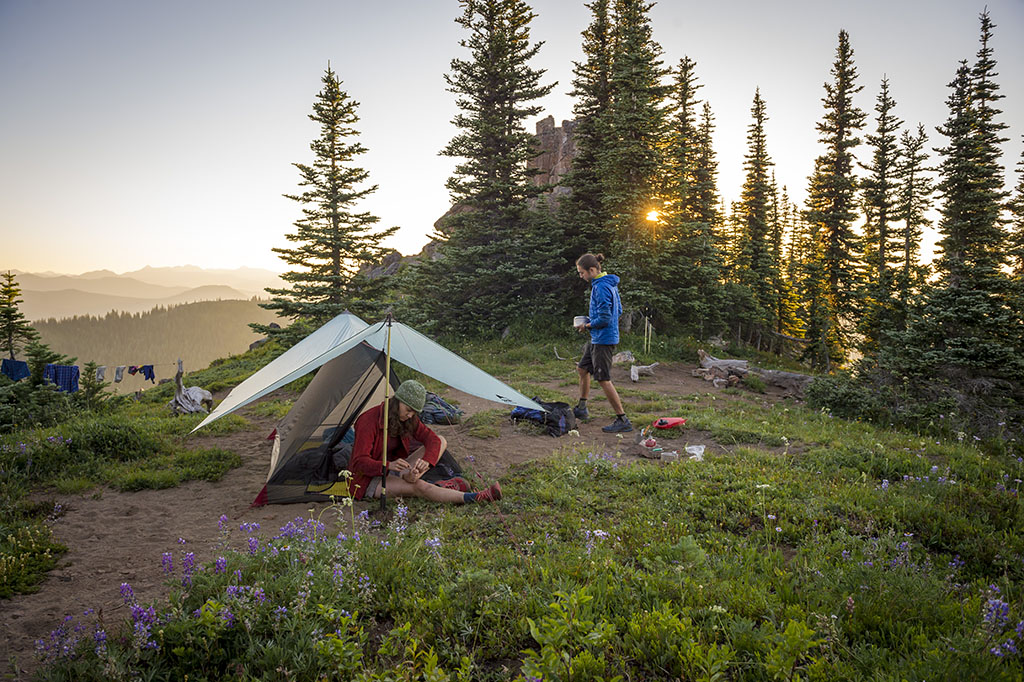
Tent or Tarp?
Aside from food and water, your tent is likely the heaviest item in your pack. Upgrading to an ultralight tent can be expensive, especially if you usually backpack with a partner. For fair-weather backpacking and desert adventures, consider using a tarp, wing or just a ground cover. These budget-friendly ultralight backpacking gear checklist essentials weigh next to nothing.
You can simply use your existing tent footprint (be sure to stake it down so it doesn’t blow away), or purchase a simple tarp system. Practice in a park or your backyard before relying on your tarp in the wild. Setup is simple but takes a few tries to nail down. Typically, you’ll use a tent pole or two to prop everything up. If the weather is clear and warm, simply lay down a ground cover and get some Z’s.
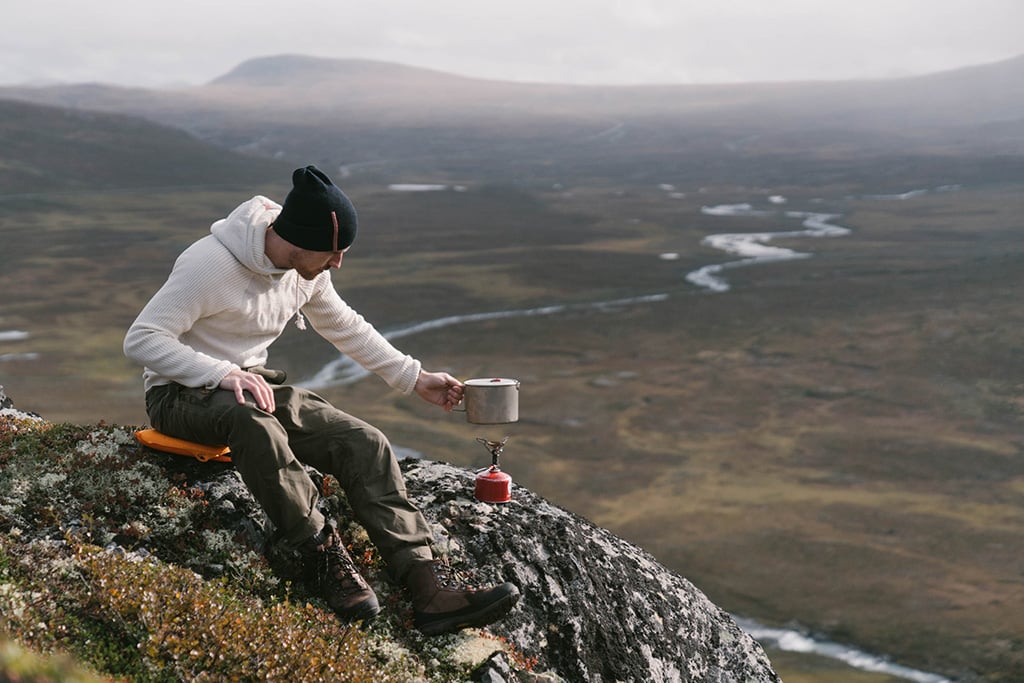
Cooking Ultralight Style
One simple way to shed a few extra ounces is to use an ultralight stove. Not only do you save a little weight, but compared to a standard backpacking stove, the ultra-lightweight varieties take up substantially less room. Less room means a smaller pack, which is ultimately lighter.
Unlike their bulky counterparts, ultralight stoves take some skill to use. Always cook on a flat surface, away from fire hazards (and outside of your tent or tarp). Again, don’t be afraid to practice at home to ensure you know how to keep your camp kitchen stable.
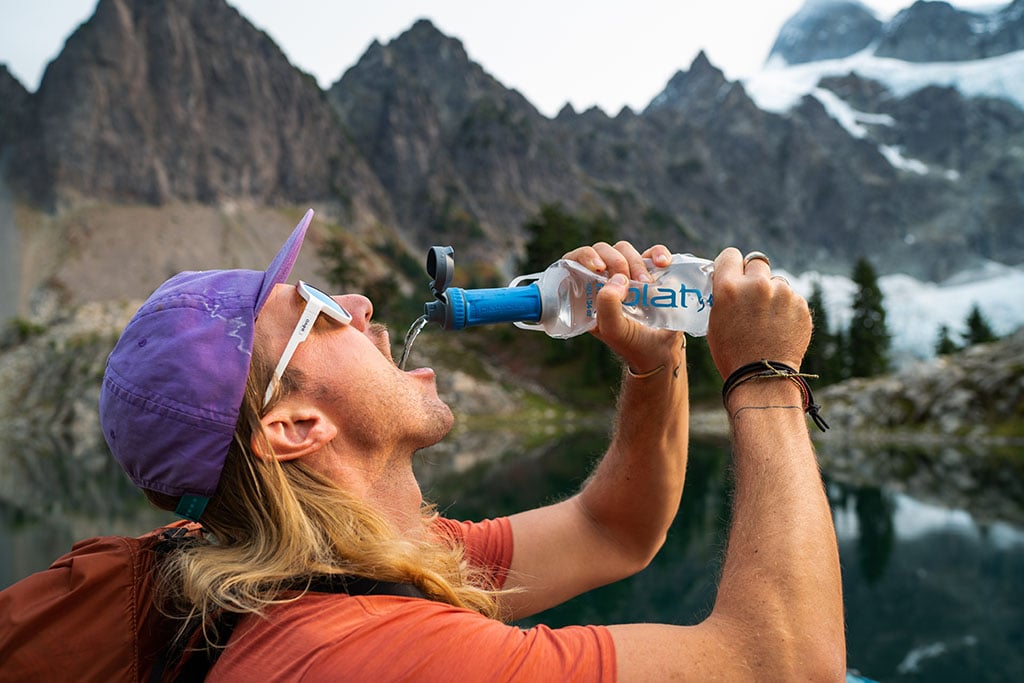
Water Filtration
If you use a bulky pump filter or other heavy water purification method, consider upgrading to something smaller. A personal fill-and-squeeze filter trims a lot of weight without sacrificing performance. These filters are typically highly economical, don’t take up too much room, weigh next to nothing and are affordable. It’s a cost-effective way to reduce just a little more weight in your backpacking gear system.
Clothing and More
Clothing does a lot to keep you cozy while you backpack. Skimping on necessary layers like a hat, beanie, gloves, puffy jacket, and the right pair of hiking socks often leads to the wrong kind of misadventure. Always pack the essential layers, and a coveted pair of fresh camp socks after a long day on the trail. Natural materials, such as merino wool and down tend to be more lightweight than their synthetic counterparts, but keep in mind they cost more too.
You shouldn’t head out without a first aid kit and any prescription medication. However, you can save weight on your personal essentials with a few handy hacks:
- Dehydrate your toothpaste in bite-sized bits or opt for chewable toothpaste tablets.
- Use the same pair of underwear twice by wearing it inside out – you’ll be dirty anyway.
- Only take extra shirts, pants, and shorts for exceptionally long journeys (think greater than 5 days).
Overall, you can trim plenty of weight with this ultralight backpacking gear checklist. The result is a streamlined pack that often weighs far less than your starter kit. You’ll be well on your way to hiking further this backpacking season with a few simple gear upgrades that really shed the pounds.
Related Posts:
- How To Build a First Aid and Gear Repair Kit for Ultralight Backpacking
- Ultralight Backpacking 101: Learning On The Wonderland Trail
- 10 Ways to Lighten Your Backpacking Pack Weight
Updated. Originally Published August 1, 2020.
